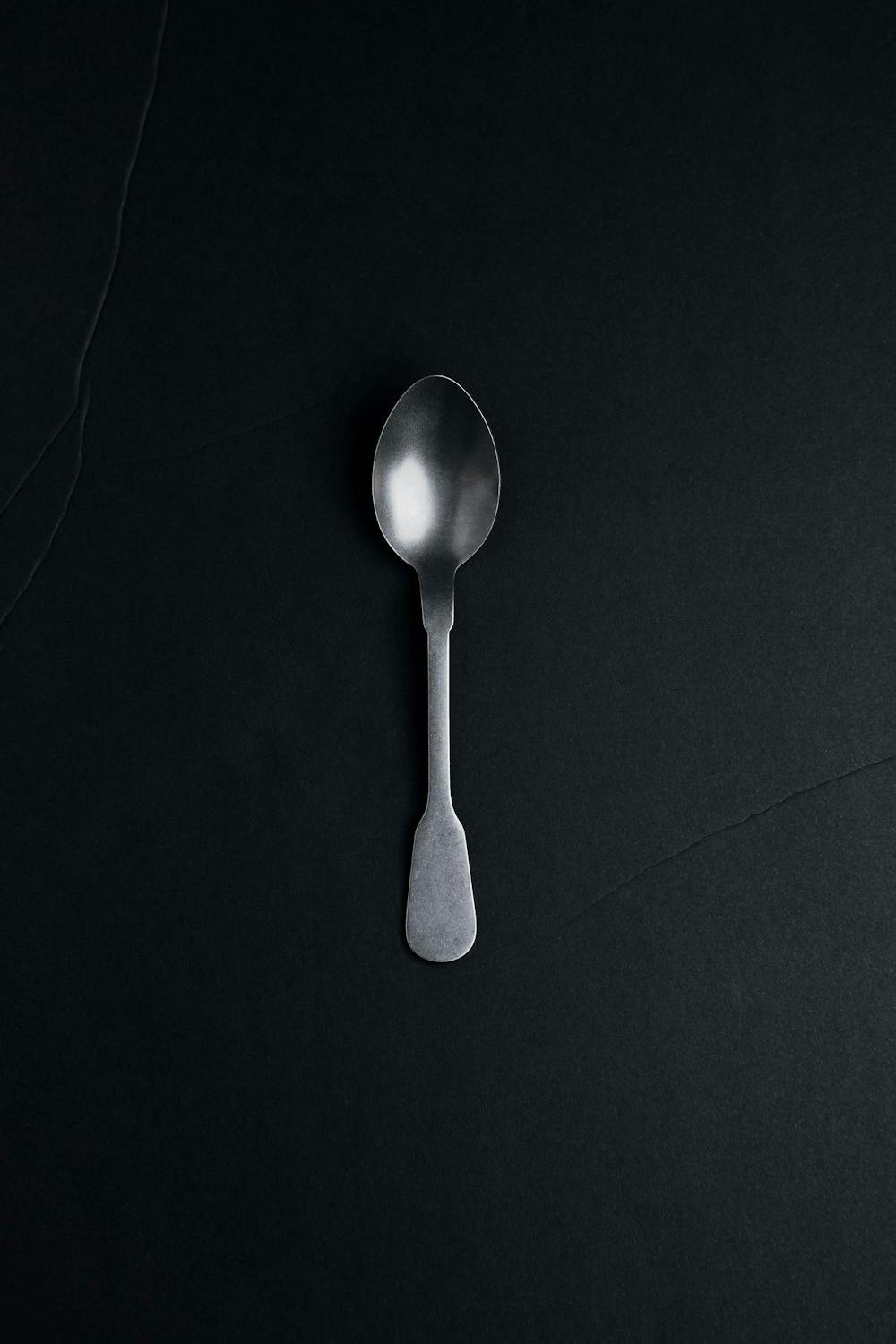You’d be sorely mistaken if you thought spoons were only supposed to be used for soup. Spoons scoop. They scoop salads, salsas and salamis. They pile up rice and deposit mounds of decadent cake upon an awaiting tongue. They’re resourceful. They’re convenient. And up until the seventh grade, they were as routine to me as a toothbrush.
Filipinos don’t use chopsticks. Gathering up piles of longganisa, adobo and halo-halo becomes infinitely easier when you have something to shovel it up. Ideally, you’d just use your hands, but spoons are a close runner up for the coveted spot as every Filipino’s favorite utensil.
In my Filipino-American household, we eat with a spoon and fork no matter if the meal is from my mom’s homeland or from the barbecue shop down the street. Hidden behind an old Missouri farm with a couple of goats and a beat-up horse sits my home, molded with blue stone, glittering amongst the other brown-bricked houses. It stands out for another — perhaps more obvious — reason too because it’s the only one in the entire neighborhood which is filled with people of color. Inside our blue-bricked home, my sisters and I use a spoon and fork to spear through meats, curries, enchiladas and flans.
After sleeping over at a friend’s house, I would wake up the next morning and ask for a spoon to dig through my pancakes. When I was little, I always assumed my peers’ parents had just forgotten to set the utensil out. It wasn’t until the seventh grade when I truly came to realize eating with a spoon wasn’t an American tradition at all. It seemed as though everyone in my tiny class of 24 fully white, Missouri-born-and-raised children was suddenly looking at me funny as I used my spoon to ladle up my Olive Garden pasta.
What makes a spoon a spoon? It should have one long end to grasp. It should have a curved end to dig. It should probably be made of metal. If a spoon was used to curl someone’s hair, would it still be a spoon? Or does the act of scooping make it a spoon? In that case, if we used a pencil to scoop, would it become a spoon too?
There is nothing inherently embarrassing about the essence of a spoon. There’s nothing incredulous about using it to scoop. A spoon does not exist only for soup. It would still be a spoon even if it wasn’t sitting in a bowl of steaming broth. And yet, at 12, using a spoon for the “un-American” act of delivering rice to my mouth felt fundamentally wrong. It felt different. It felt weird.
Surrounded by Johnnys and Janes who all ate inside their brown-bricked houses with their fully white, Missouri-born-and-raised parents with a fork and knife — I felt peculiar. At 12, what was once a workaday tool became the launching point for self-examination: What else about me is weird that I didn’t realize?
As we became teenagers, the parts of us which made us stick out suddenly became the parts which needed to be erased. We replaced sparkly, monogramed headbands with plain Lululemon ones. And never once did we ask ourselves if we really liked Lululemon, because it was what everyone else was doing. And so we did it too.
Sometime later, though, we might decide to toss out the headbands and opt out for something more colorful. Something with significance, like a garment crocheted by a friend. Sometime later, we realize the parts of us which make us stick out are the parts which need to be highlighted, underlined and italicized.
I turned 20 on a chilly Sunday in March, wearing my favorite flower-print sweater and scooping up my pulled pork with a spoon. At 20, I’ve realized the frivolity of trying to fit in the way I attempted to when I was twelve. Maybe some part of me wishes I could go back, wrap my arms around that little girl with braces and millions of wafting insecurities and tell her what I know now. But I could never do that, because her journey is what led her to become the girl who turned 20 in North Dining Hall. At 20, I return to the spoon in a cafeteria filled with people who only use forks. No one’s really looking at me, anyways. I missed the way the spoon curves. It reminds me of who I am and where I came from.
Gracie Eppler is a junior business analytics and English major from St. Louis, MO. Her top three things ever to exist are 70s music, Nutella and Smith Studio 3, where she can be found dancing. Reach her at geppler@nd.edu.
Gracie Eppler is a senior business analytics and English major from St. Louis, MO. Her three top three things ever to exist are '70’s music, Nutella and Smith Studio 3, where she can be found dancing. You can reach her at geppler@nd.edu.










